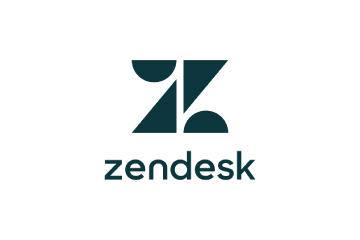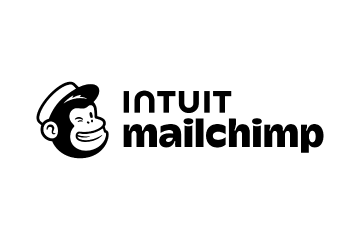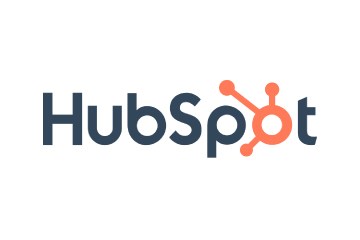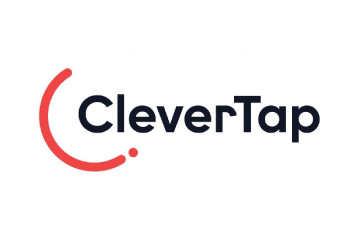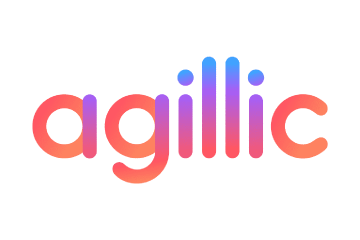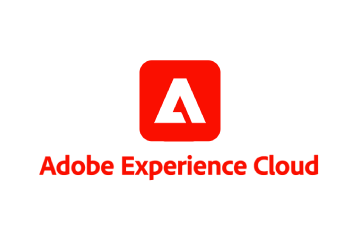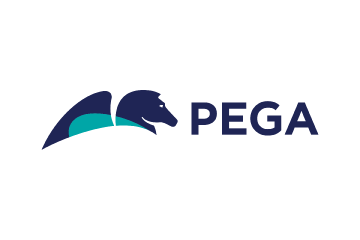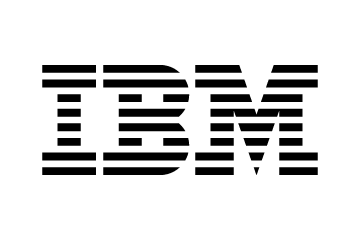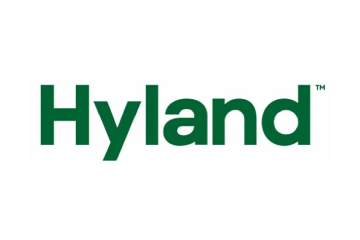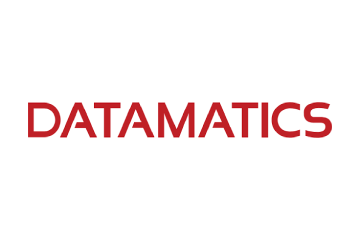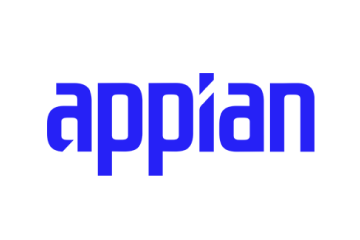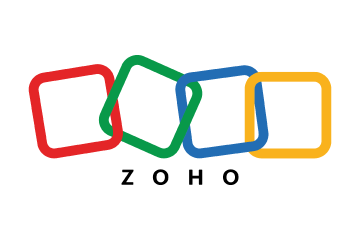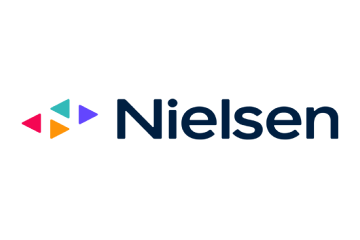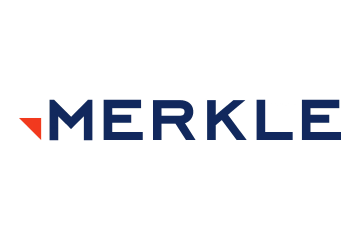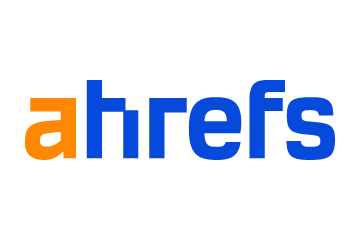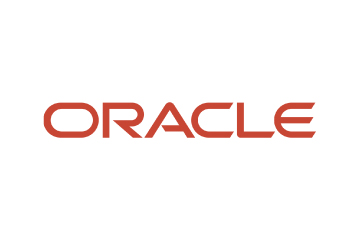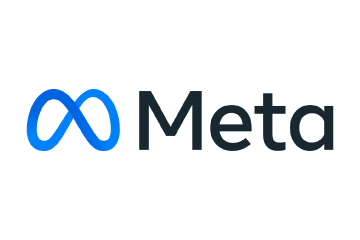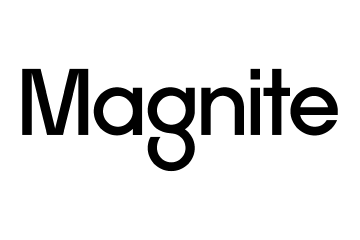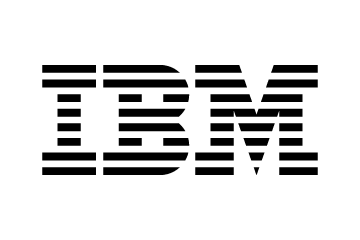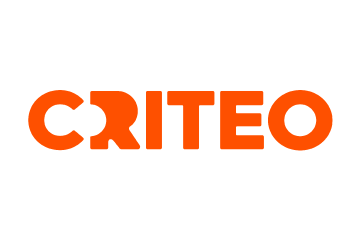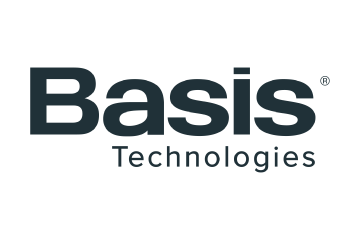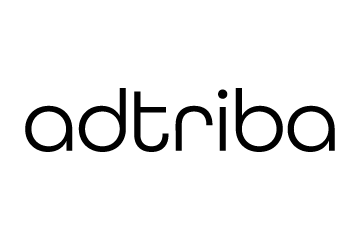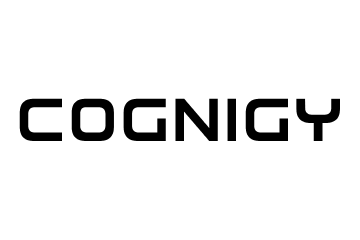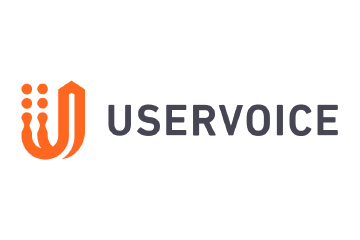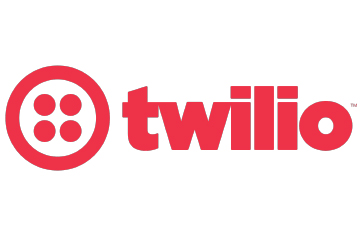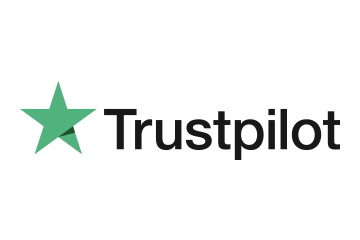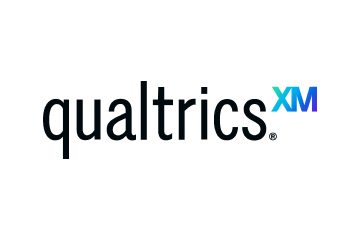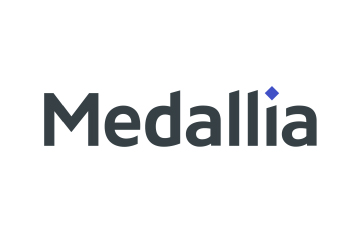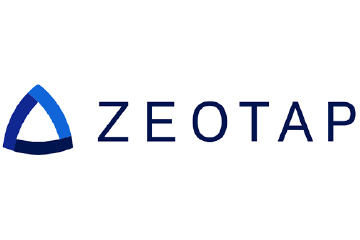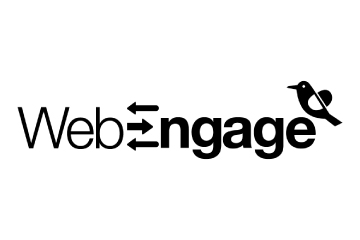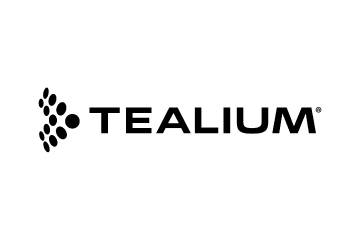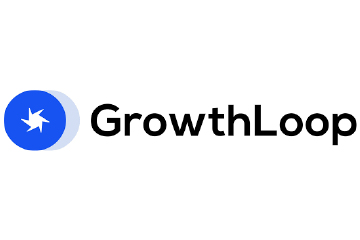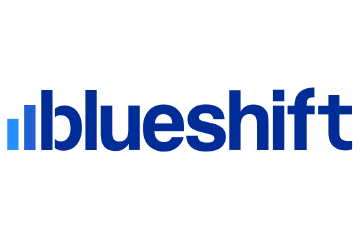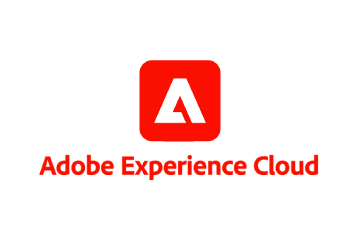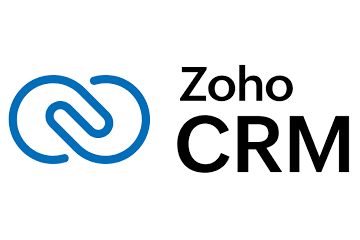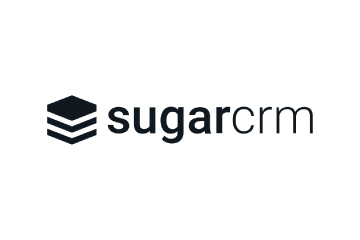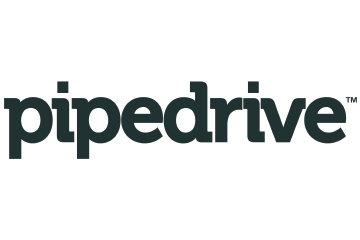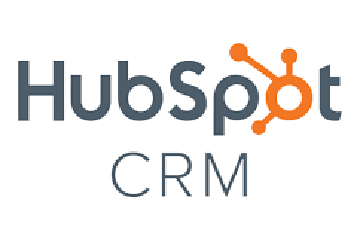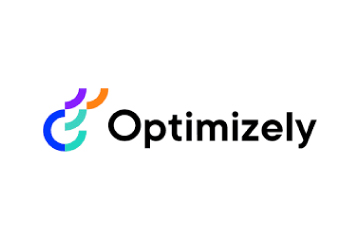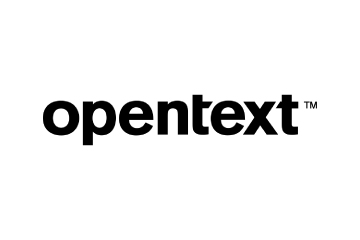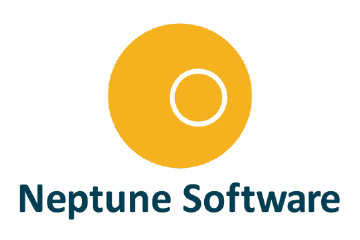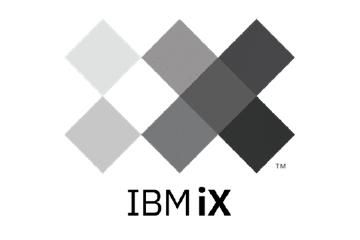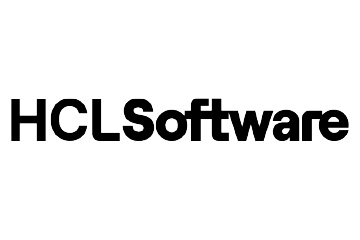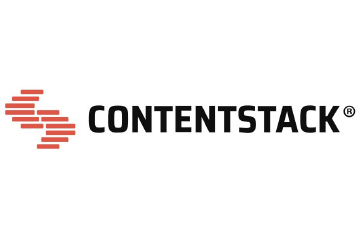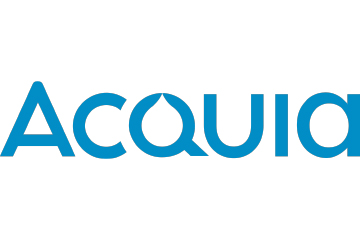While most ecommerce teams focus on campaign tactics, Azide argues that the real performance driver often lies upstream in the health of their product data feeds.
“Not all marketing and sales channels are the same,” Azide says. “One of the core mistakes is not taking a channel-by-channel, tailored approach.”
Too many brands still rely on a single, standardised feed to power their presence across platforms like Google Shopping, Amazon, and Instagram. But each channel has different optimisation algorithms and data requirements. “A one-size-fits-all approach severely limits performance and reach,” she explains.
Manual management only adds to the problem. “Many brands still rely heavily on manual processes for feed management, which inevitably leads to bottlenecks and higher margin for error,” she says. “Brands and retailers need the agility to respond to real-time market changes or inventory fluctuations.”
And the basics are often missing. “Incomplete or inaccurate data is also a pervasive problem. Missing key attributes like product descriptions or accurate pricing can lead to low ad relevance and disapproved products.”
Visibility, Relevance, and Conversion
A well-optimised product feed directly impacts performance across every ecommerce touchpoint.
“Take Google Shopping, for example: when your feed is thoughtfully structured, your listings are more likely to show up in relevant searches,” she says. “That’s because detailed and accurate product information helps Google match your products to what people are really looking for. The result? Better visibility, more clicks, and more qualified traffic.”
On marketplaces like Amazon and eBay, the benefits stack up. “An optimised feed makes sure your products are easy to find. This often leads to stronger organic rankings and more eyes on your listings,” Azide explains. “Platforms that use ad quality scores tend to reward you with lower cost-per-clicks and more efficient ad spend.”
And the biggest payoff are conversions. “A well-maintained feed ensures that shoppers get accurate, consistent, and appealing product information. That builds trust, reduces bounce rates, and helps cut down on abandoned carts.”
Don’t Skip the Essentials
Azide also offers a checklist of non-negotiables. “These are the foundations of strong, reliable product listings,” she says.
- Product ID: A unique identifier for each item.
- Title: A clear, concise name.
- Description: Informative copy that highlights features and benefits.
- Product Link & Image: URLs that direct to the product and a high-quality image.
- Price & Availability: Accurate pricing and current stock status.
- Brand: Manufacturer or product brand.
- Google Product Category: Helps with classification.
- GTIN or MPN: Global identifiers key to ad placement.
“These basics ensure your products are accurately represented, meet platform requirements, and show up in relevant searches,” she says.
Real-Time Is the New Baseline
Azide believes agility is a competitive edge. “Real-time feed optimisation is critical for brands looking to make the most of their advertising budgets,” she says.
“Accurate pricing and timely promotions are also kept in check, so customers always see the right deals, which builds trust and keeps bounce rates low.”
But it’s not just about updating feeds faster. “Brands can automatically shift ad spend toward products that are performing well or in high demand based on real-time sales data, inventory levels, or trends,” she says. “It’s a level of responsiveness that simply isn’t possible with static or delayed feeds.”
She adds: “Most importantly, real-time optimisation improves the customer experience. Shoppers see what’s truly available, with accurate prices and details leading to smoother interactions and more conversions.”
AI Is Now Core Infrastructure
The future of feed optimisation, Azide says, lies in AI.
“AI is revolutionising how brands manage and optimise their product data feeds transforming what used to be a time-consuming, reactive task into a smart, strategic engine that’s always working behind the scenes.”
She highlights three key areas:
- Automated Enrichment: “AI can spot gaps in your product data, fill them in by drawing from existing information or reliable external sources, and standardise everything.”
- Smarter Categorisation: “AI brings a new level of precision to attribute mapping and categorisation. It can automatically match your product data to the unique structure and requirements of each marketplace or advertising platform.”
- Personalised Optimisation: “It even tailors generic product info into content that’s optimised for each platform.”
Don’t treat your feed as a backend function. It’s where your product story starts and it’s the lever most brands are still underutilising.
ALSO READ: Examining The Quiet Channels Powering B2B Growth








